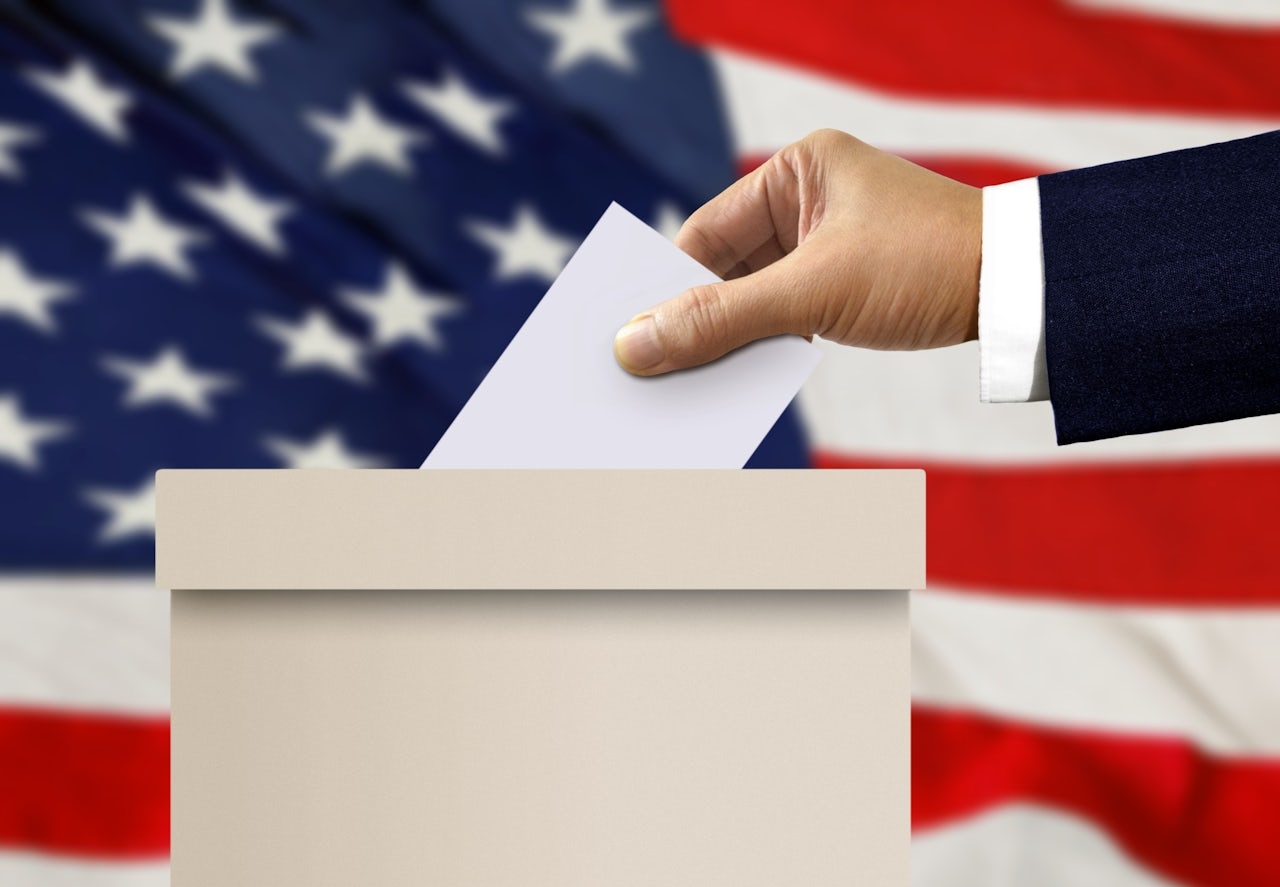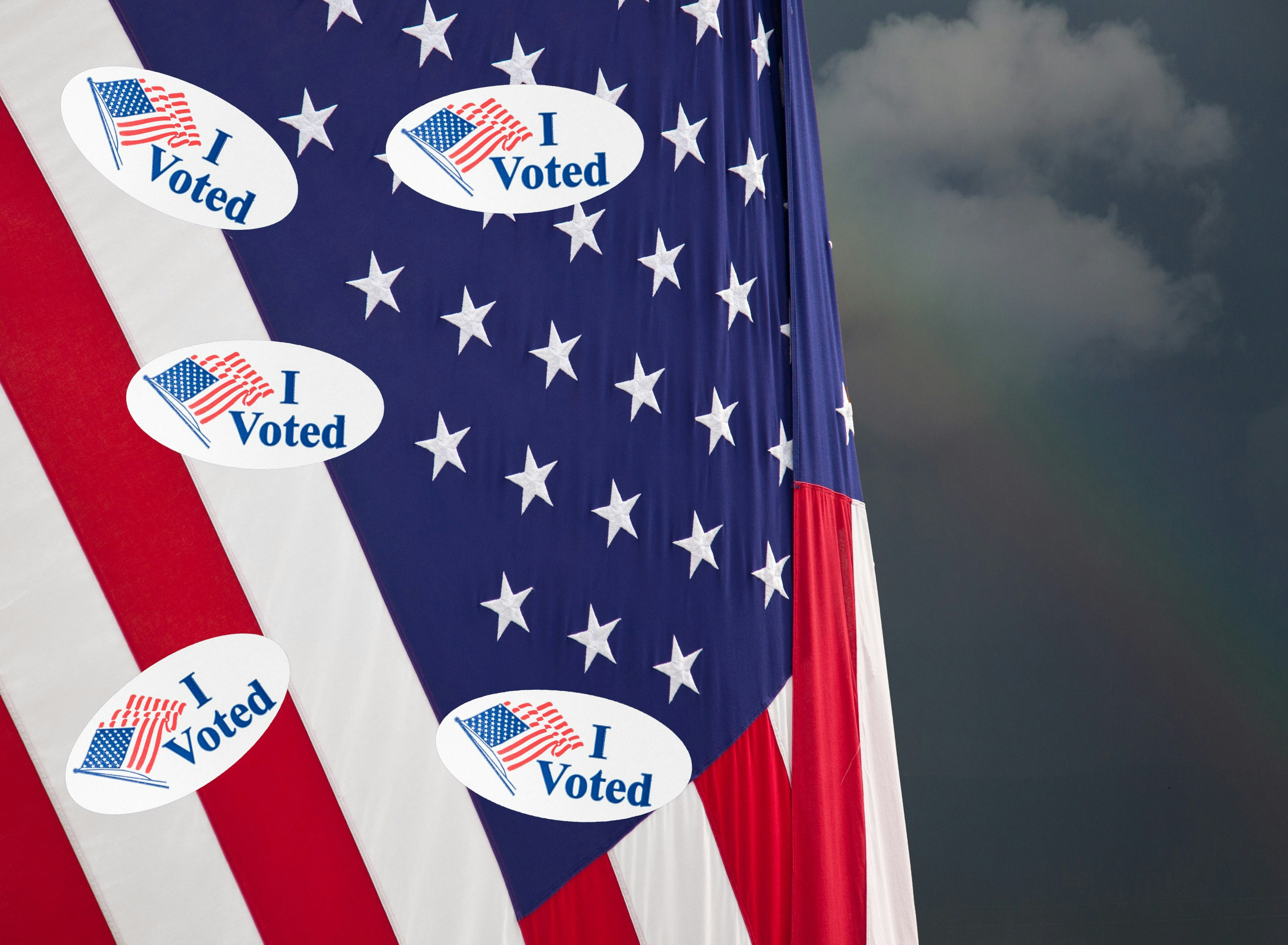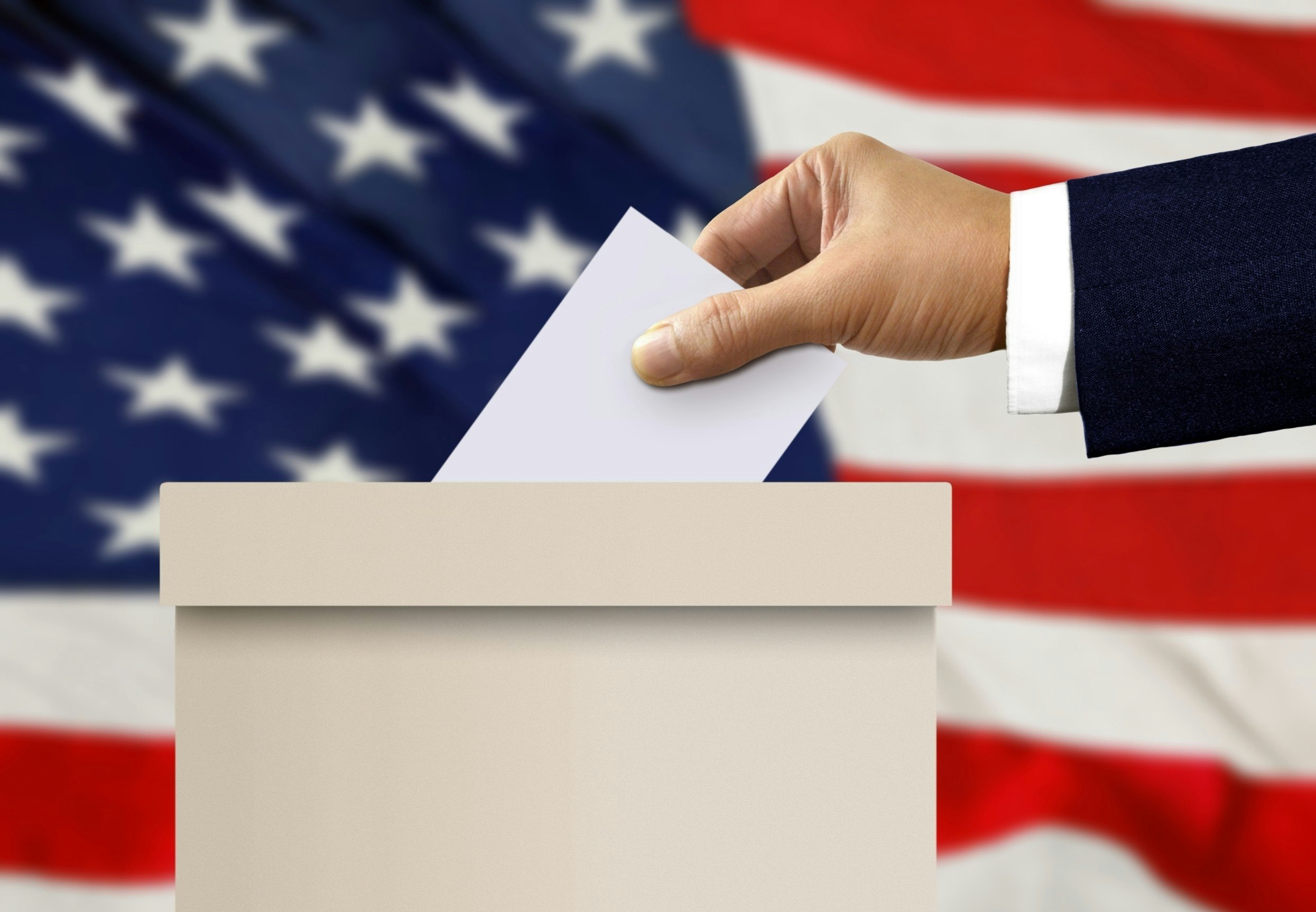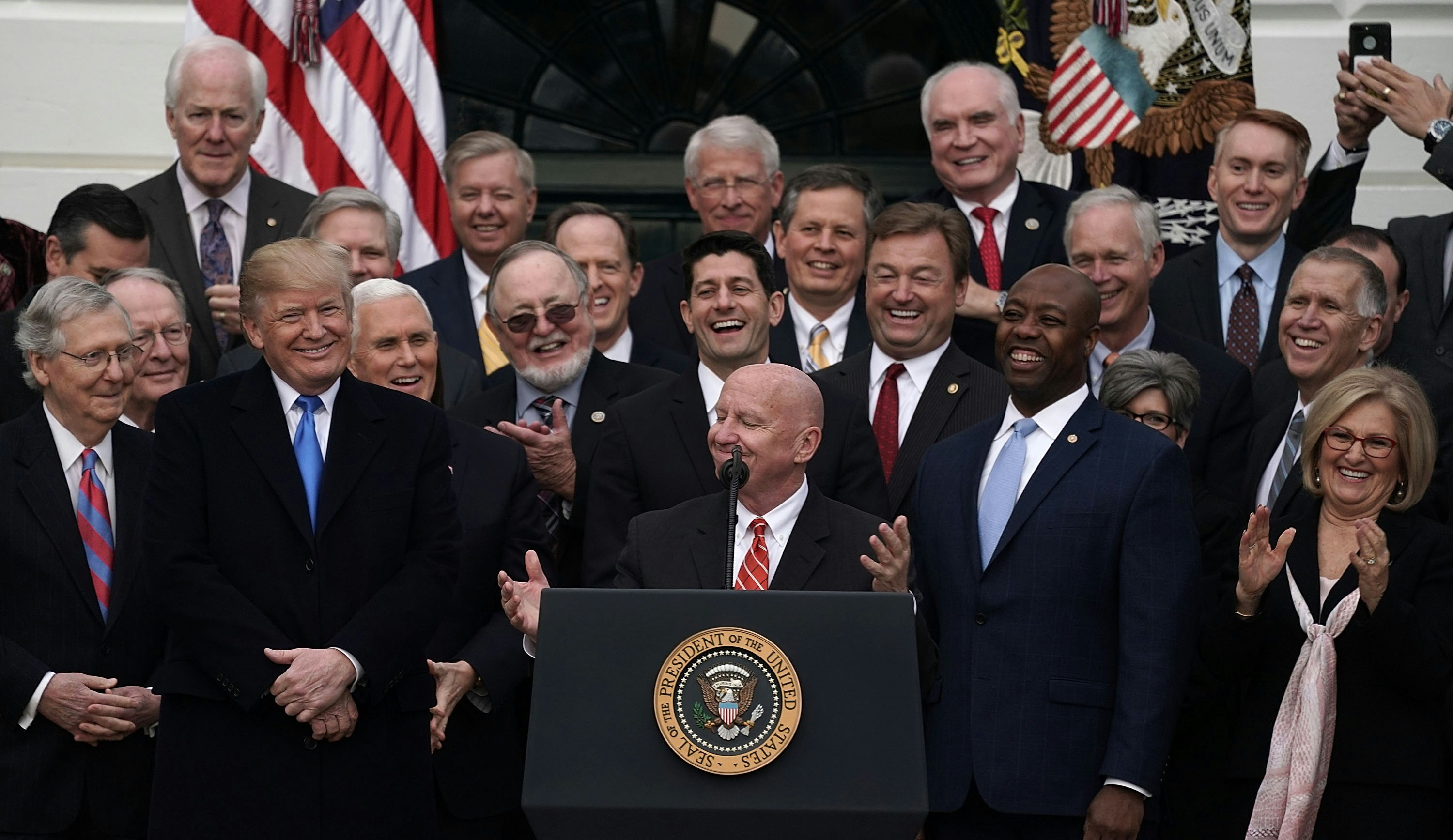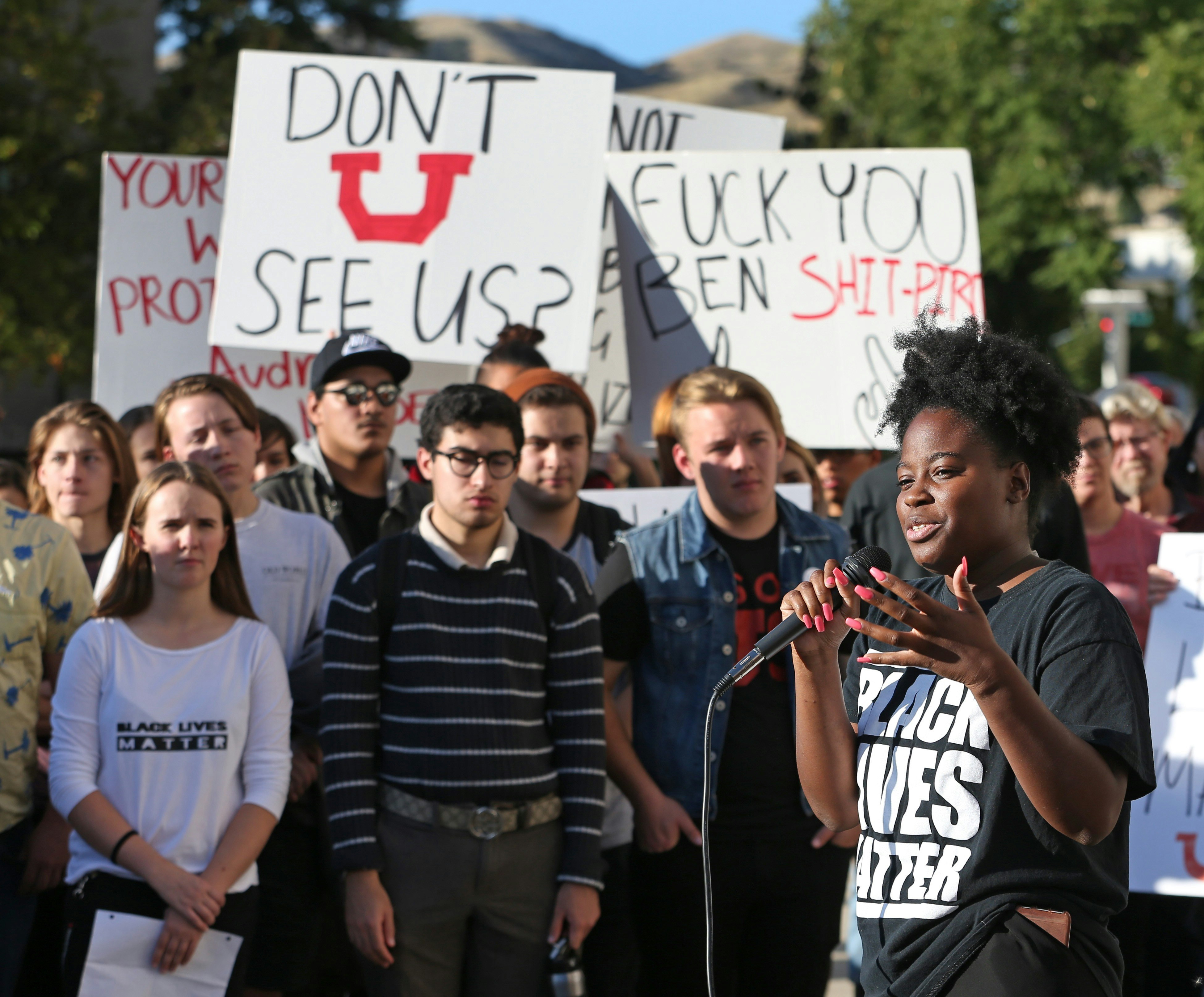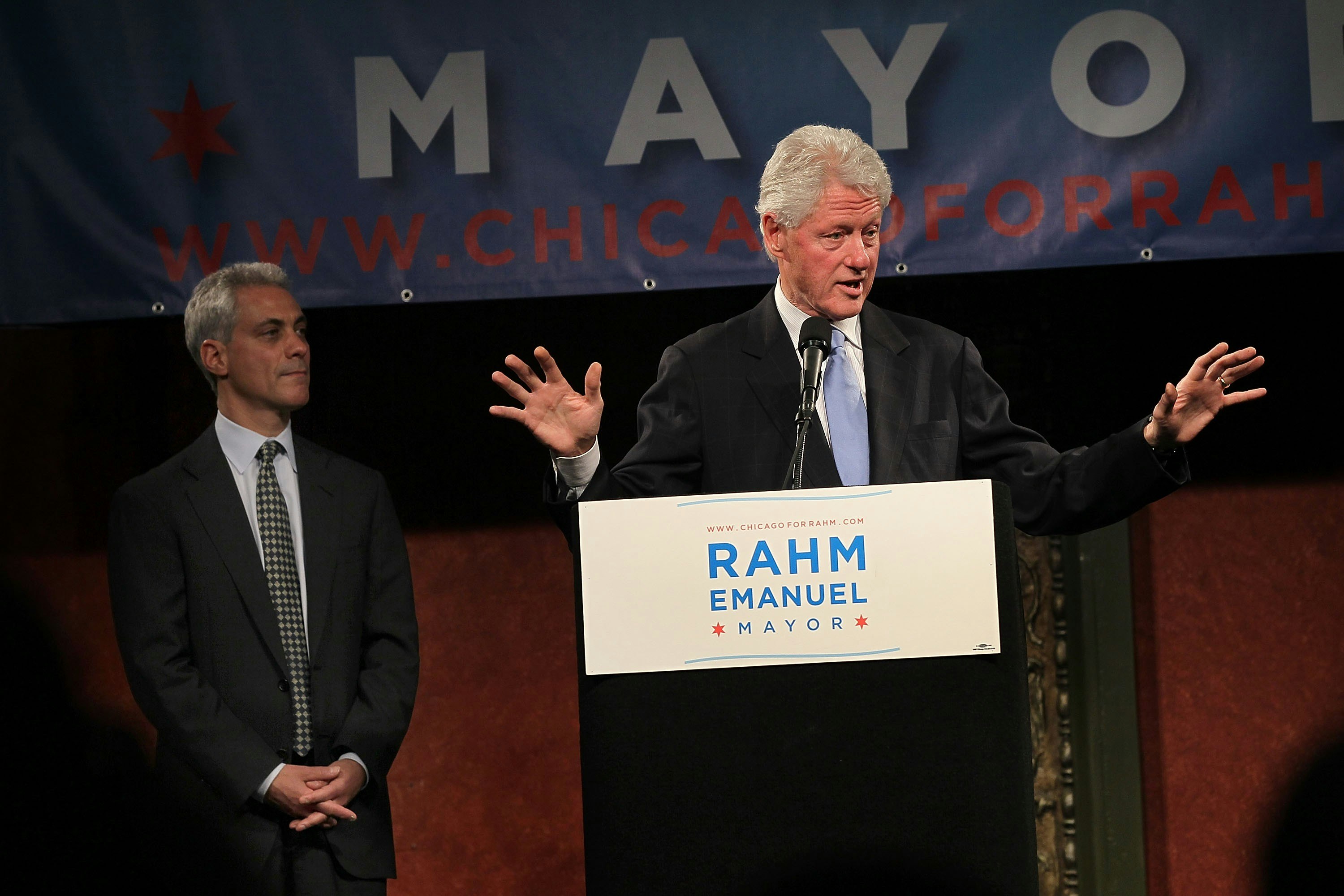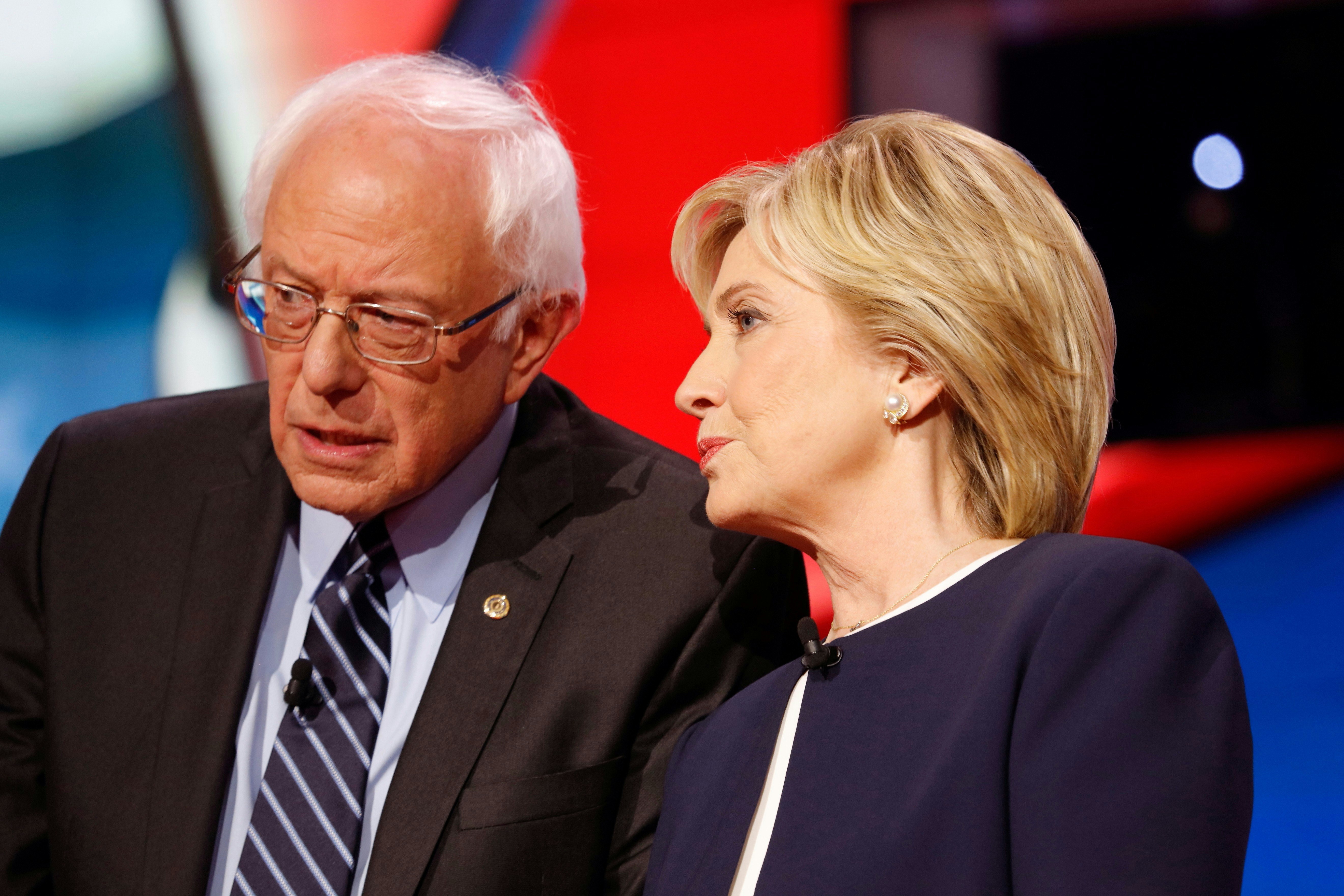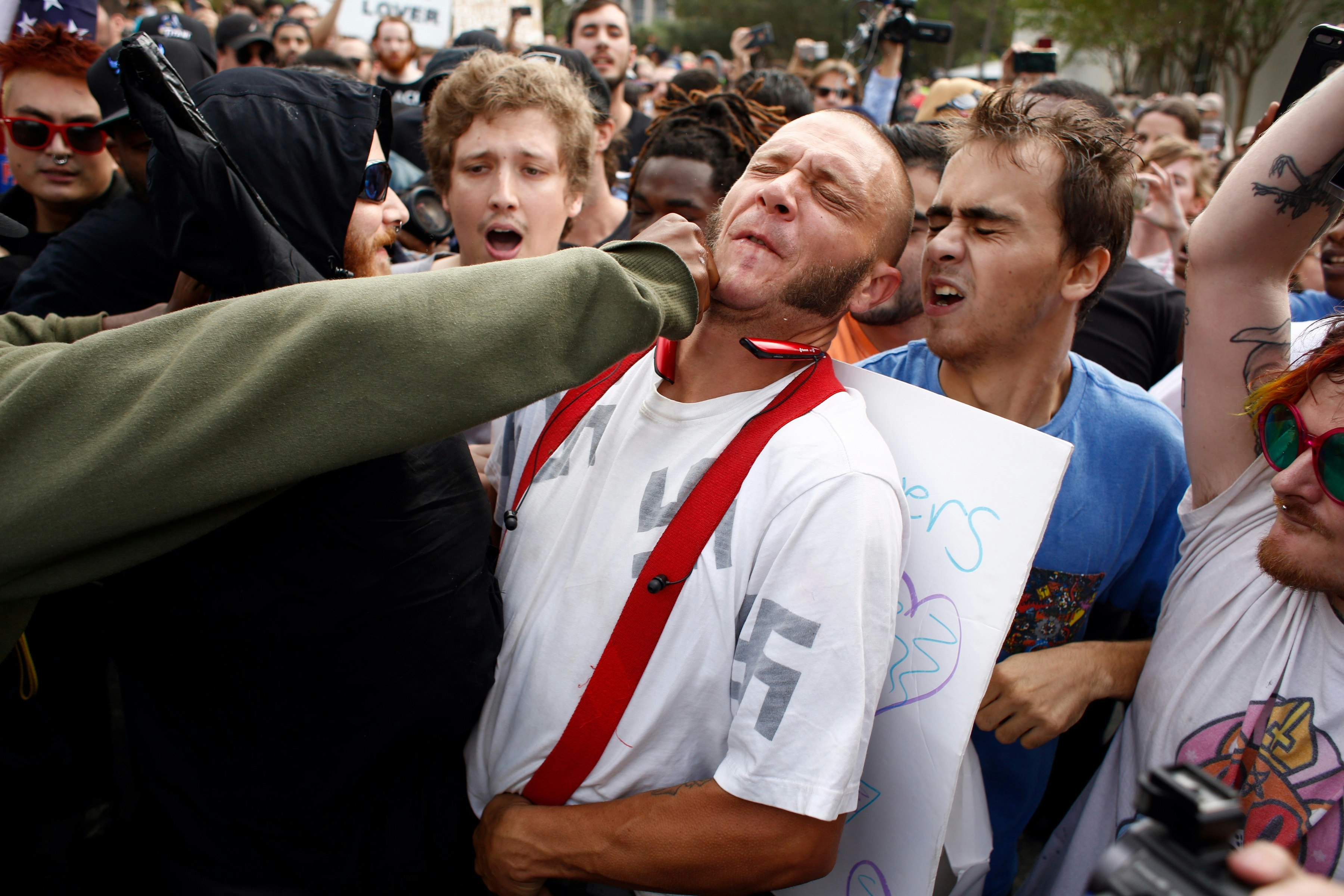Welcome to TAKE DOWN, a column in which Sean McElwee holds pundits accountable for their hot garbage takes (and isn't afraid to be held accountable for his).
What The Pundits Think
Pundits love horse-race politics, and they especially love to buy into the narratives produced by political campaigns. Candidates with “big names,” like former Ohio Gov. Ted Strickland, former Indiana Gov. and Sen. Evan Bayh, and former Wisconsin Sen. Russ Feingold, are seen by the media as capable of reversing political headwinds with herculean campaigns. In contrast, candidates who don’t fit a predetermined mold are seen as guaranteed losers, leading many pundits to underestimate Tea Party candidates and people like Donald Trump.
Pundits love to analyze campaign ads, and who can blame them? It’s very easy to watch a short video and gurgle up some thoughts about it for national consumption. Purveyors of conventional wisdom like CNN’s Chris Cillizza write articles with headlines like, “This is a terrific political ad that you should take 60 seconds to watch,” and “This Khizr Khan ad for Hillary Clinton is incredibly powerful.” This coverage is representative of the strategic decisions of campaigns, which spend gobsmacking sums of money on television advertising. In 2017, pundits gushed about an ad for Amy McGrath, who is running to represent Kentucky’s 6th district in Congress. An article in Mother Jones proclaimed: “This Is the Kind of Campaign Ad That Keeps Paul Ryan Up at Night.” Washington Monthly said that “Amy McGrath Shows How It’s Done.” The ad is indeed quite compelling, but the best evidence suggests such ads have minimal effects on campaign outcomes, so it’s unlikely Ryan lost any sleep over it.
This is not to say that good candidates, a strong ground game, and poignant advertisements don’t matter in an election. But the media spends far too little time discussing the way the Republican party has tried to crush democracy to gain political advantage — and how they’ve succeeded.
The real story
Perhaps the most-undertold story in politics is the way that the Republican Party has managed to fundamentally change the political system in its favor, allowing it to move increasingly far from the political mainstream but still retain power. Republicans have done this by following two key strategies: 1) crushing their opponents’ ability to organize workers and 2) preventing their opponents from voting.
To crush the Democratic Party’s ability to organize, Republicans have pursued right-to-work laws, which prevent unions from collecting mandatory agency fees from workers who benefit from collective bargaining. These laws drain unions of money, which could be used to organize workers and advocate for pro-labor policies. They also demobilize and depoliticize workers, who become increasingly detached from politics. In a recent study published in the National Bureau of Economic Research,, three social scientists found that right-to-work laws decreased the share of the vote recieved by Democrats by 3.5 percentage points in presidential elections, enough to have flipped several states in 2016. They also find that these effects large enough to have flipped multiple gubernatorial elections and shore up the GOP’s power in state legislatures. Separately, political scientist Alexander Hertel-Fernandez has done research showing that attacks specifically on public sector unions have similar political effects, reducing union revenues and political spending, while de-mobilizing public sector workers.
The Republican Party has managed to fundamentally change the political system in its favor.
Republicans have been quite explicit about why they pursue right-to-work laws — to crush their opposition. The party is making voting a burden by ferociously pursuing voter ID laws, cutting early voting, and enacting aggressive gerrymandering. Republicans have been explicit about their aims here. Wisconsin Rep. Glenn Grothman said that his state would vote for a Republican in 2016 because, “Hillary Clinton is about the weakest candidate the Democrats have ever put up. And now we have photo ID, and I think photo ID is going to make a little bit of a difference as well." Last year, Republican power broker Grover Norquist said that if such laws are passed in a dozen states, “the modern Democratic Party will cease to be a competitive power in American politics.”
Such soundbites are not isolated incidents, and academic literature has proven that the driving force behind voter ID laws is the “demobilization of minority voters and African Americans.” When Republicans lose elections, they don’t worry about whether their messaging is off, they figure out how to make sure the people who don’t like their agenda can’t vote. In states from North Carolina to South Dakota, Republicans have reacted with authoritarian moves to overturn the will of the people.
Democrats are missing the mark
So, you may ask, why don’t Democrats fight back? After the 2016 election, Democrats spent a lot of time thinking about they could change their message; how they could better appeal to white working-class voters. But a smarter thing to do would have been to get rolling on curtailing right-to-work laws and ending felon disenfranchisement. In America, elections are not decided by how good the candidates are, but by who is barred from voting.
The best academic research suggests that without felon disenfranchisement, Democrats would have won the state of Florida in the 2000 and 2016 presidential elections. In 2016 Clinton lost Florida by 112,911 votes. There are 499,306 black people permanently barred from voting in Florida due to felon disenfranchisement. Social scientists Christopher Uggen, Sarah Shannon and Jeff Manza found in 2016 that “one of every 13 African-Americans of voting age is disenfranchised, a rate more than four times greater than non-African Americans.” In a study from last March, three economists found that felon disenfranchisement has a significant impact on congressional elections — enough to swing between one and four House seats in the 1998, 2000, 2002, 2006, 2008, 2010, and 2012 elections.
In America, elections are not decided by how good the candidates are, but by who is barred from voting.
A 2002 study in the American Sociological Review found that had felon disenfranchisement been eliminated, it could change the result of seven Senate elections between 1978 and 2000. In 2016, pro-Clinton forces spent about $77 millon television advertisements in Florida, and yet it has taken the party two decades to rights restoration on the ballot in Florida, an endeavor that cost around $5 million. If Democrats viewed politics more structurally rather than focusing heavily on individual campaigns and candidates, they might have pursued rights restoration decades ago.
We can see how structural factors matter by simply examining the story of what would happen if every citizen voted. According to 2016 Cooperative Congressional Election Studies data, voters favored Clinton 48 percent to 46 percent while non-voters favored her 53 percent to 44 percent. In the House, voters narrowly favored Republican candidates, 47 percent to 49 percent, while non-voters favored Democrats 52 percent to 45 percent. That is, Democrats don’t really have a bad “message,” or unpopular policies, they just have a message preferred by people that don’t vote. Voters are whiter, richer and older than the non-voting population.
The Path To A true Democracy
Most Americans oppose the GOP’s anti-democracy agenda. New polling from data analytics company Civis Analytics, obtained exclusively by The Outline, shows the impact of these policies. Civis polled voting rights reforms in all 22 states with a ballot-initiative process to test whether progressives could use direct democracy to protect the right to vote. Data suggest that this method would indeed be successful. For instance, the average two-way support (excluding undecideds) for automatic voter registration (AVR) — which places the burden of registration on government rather than individuals — is 59 percent among registered voters. AVR is proven to increase voter turnout, especially among young people, people of color and low-income people. According to Civis, there are 20 states that allow ballot initiatives in which AVR polls above 50 percent. For a relatively cheap cost (compared to the millions upon millions spent on ads each year), we could guarantee easier access to the ballot for millions of Americans.
For a relatively cheap cost, we could guarantee easier access to the ballot for millions of Americans.
Felon disenfranchisement, which prevents more than six million people from voting, can also be rolled back at the ballot box. In the average ballot-initiative state, 56 percent of voters support ex-felon voting. Such initiatives, if passed in just 13 states, could give three million people the right to vote.
Civis also polled an idea so far off the horizon it’s rarely talked about: moving all gubernatorial elections to presidential-election years. In the average ballot-initiative state, 60 percent of voters support moving gubernatorial elections to presidential years. A 2015 study by political scientist Anthony Fowler in Political Science and Research Methods found that, compared to off-cycle gubernatorial elections, on-cycle elections “increase turnout by 17.4 percentage points.” Moving gubernatorial elections would bring millions of voters into the electorate.
In states in which Democrats have control, these proposals are a no-brainer. But Democrats have been slow to move on them. In New York, a state where Democrats theoretically have a majority, voting is made difficult: there is no early voting, no same-day registration, and limited absentee voting. Unsurprisingly, New York’s turnout is dismal, with only 57 percent of the voting eligible population voting in 2016, compared with 74 percent in Minnesota. Democrats could think of more over-the-horizon proposals, such as requiring landlords to give tenants voter registration information.
what now?
This is not to say that good candidates, a strong ground game, and poignant ads don’t matter. But the media spends far too little time discussing the way one party has tried to crush democracy to gain political advantage. Horse-race politics can be exciting, but even the best ad campaign in the country can’t win an election when millions of voters are barred from participating in them.
